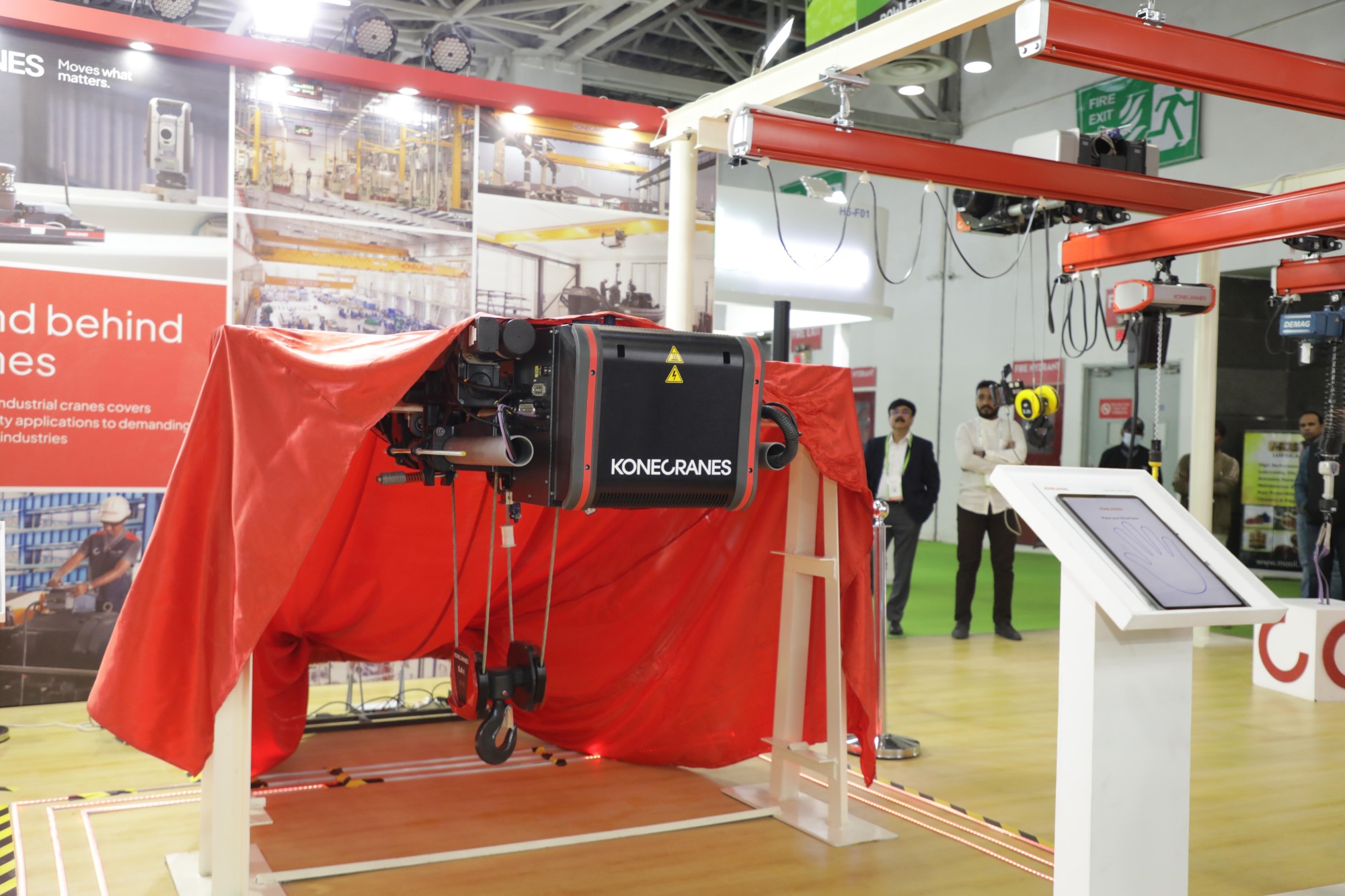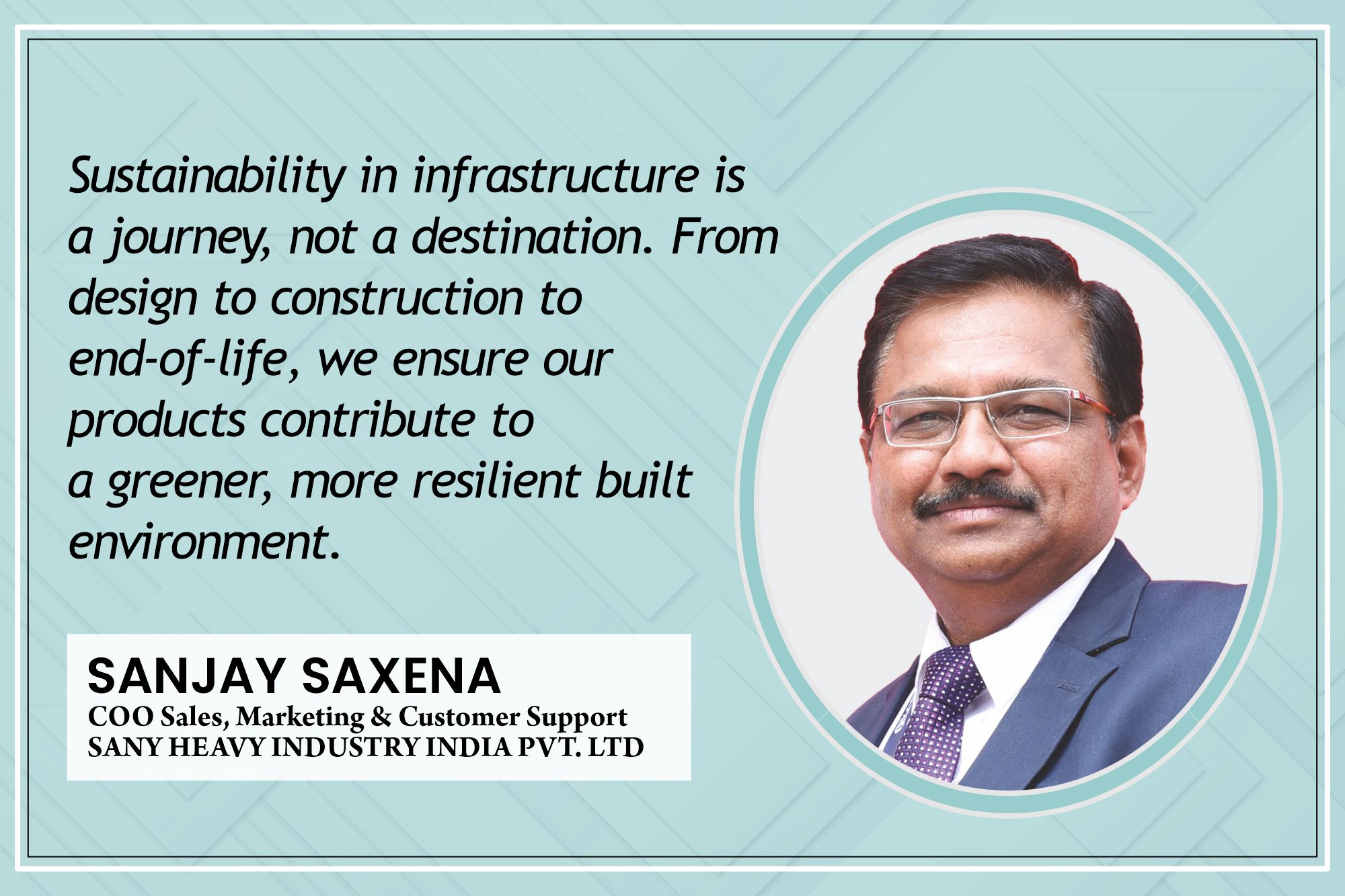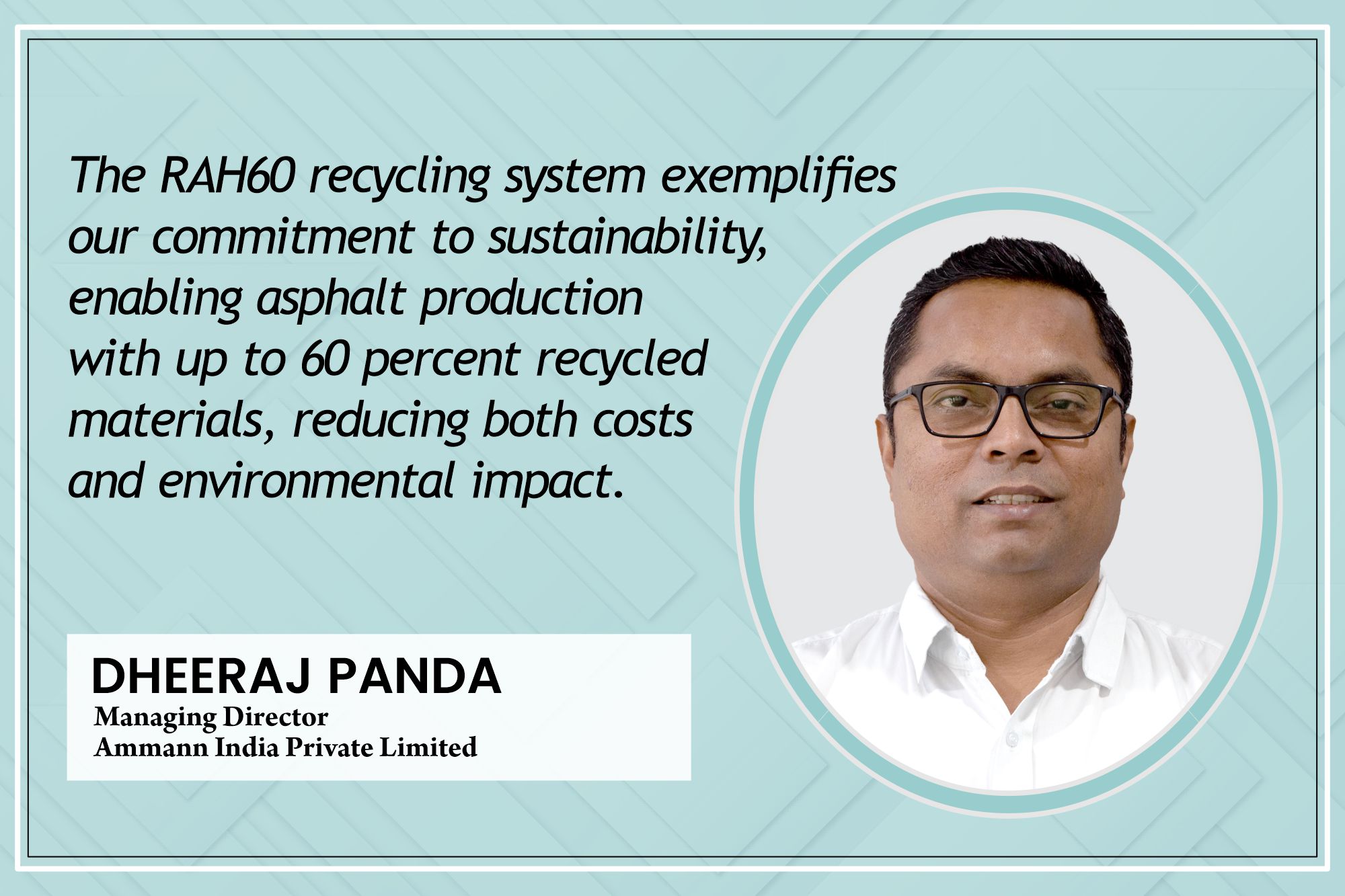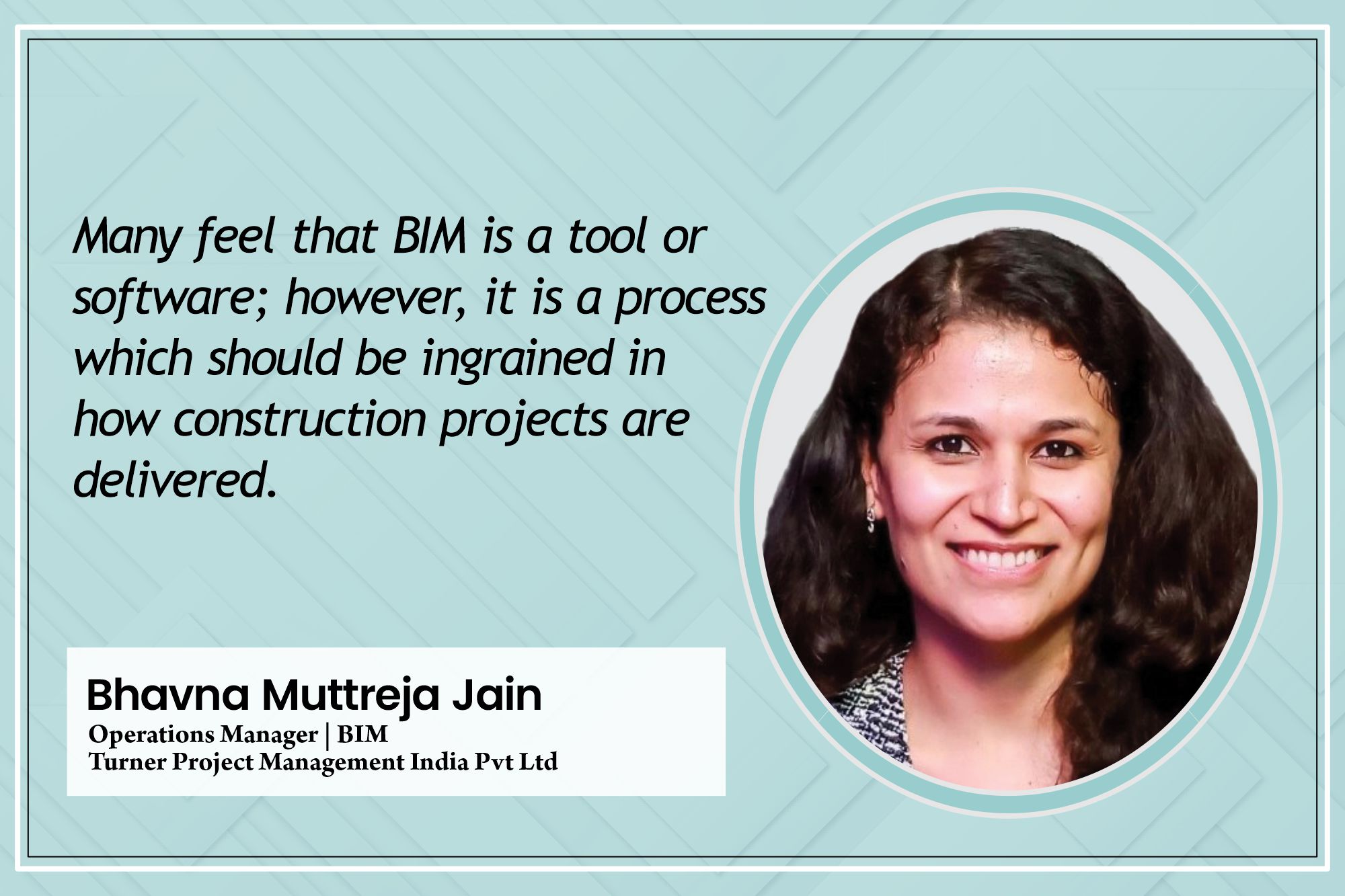CE Industry likely to see demand revival in the second half of current fiscal
By Edit Team | September 14, 2019 6:22 am SHARE

The government has announced a slew of measures to rebound the economy. Hence, it gives confidence that second half of this FY should see good growth in the CE demand.
How is the demand for earthmoving equipment in India?
The government’s focus on our infra development has led to substantial growth in the CE business. The budgetary allocation has been higher than the previous year by 21 percent at $ 92 billion. This spending will be close to 10 per cent of GDP and has given the much needed boost to the CE segment. Hydraulic excavator sales peaked to about 23,000 units last FY. Road Compactors, Wheel Loaders and Dozers are also driving the big demand in the road construction segment.
The demand for construction equipment has contracted over last few months, specially in Q1 this FY and is continuing in Q2 as well. Reasons of contraction are many – NBFC crisis, as large proportion of CE are funded by NBFCs, payment delays from various govt deptts, liquidity issues, elections etc. The segment was also hit by cancellation of contracts awarded earlier by some state governments. However, we see robust order book with many principal contractors. GoI has also announced a slew of measures to rebound the economy. Hence, it gives us confidence that second half of this FY should see good growth in the CE demand.
What do you think about the growth of this industry in India?
Despite witnessing a decline during 2012 to 2015, the demand bounced back thereon. The upcoming business scenario across sectors appears buoyant in the near future. The centre will spend Rs 100 lakh crore on infrastructure upgradation over the next five years, as per the Union Budget 2019-20. This will mean a massive amount of construction work yet to be undertaken in the country, which would create a large opportunities for various types of construction equipment in the infrastructure development. According to ICEMA Report, ‘Building India@75’, sales are estimated to reach 1,23,000 units in FY 2020-21.
How was the company performance in CE segment in the past couple of years?
L&T registered a healthy growth across product categories ranging from 22 per cent to 55% during the two years 2017-19. We saw the highest growth rate in the products related to the road machinery and granite, marble, quarry. Besides, the new products we launched have seen a good debut and well accepted by the customers. This is helping us to consolidate the manufacturing volumes in both Komatsu and L&T plants. We are working towards meeting the anticipated demand in the next few years and gearing up for the future. Komatsu introduced its new digitally enabled 35 Ton Hydraulic Excavator model with advanced ICT Komtrax system — PC300LC-8M0 and PC350LC-M0 models. This comes with strengthened undercarriage and reinforced arm & boom. These models have already received acceptability in the granite, quarry and marble Industry which is looking for efficient machines and higher profitability. Our Road Machinery business is doing well with the high performance soil compactors and asphalt compactors manufactured by LTCEL (L&T Construction Equipment Limited). The introduction of new models such as Pneumatic Tyred Roller, Hydraulic Paver and Skid Steer Loader holds good promise in the road sector.
Are the Government’s policies aiding this industry?
The government is focused on infrastructure development in the country and has taken a lot of policy initiatives to ensure creation of world-class infrastructure. There has been sharp increase in the fund allocation for infrastructure development in the last three budgets. Steps have been taken up to improve the regulatory environment and funding avenues. Many large infra-projects are under various stages of execution – Bharatmala, Sagarmala, Jal Marg Vikas, AMRUT, Housing for All, the Diamond Quadrilateral for high-speed railways, and river-linkage programme etc. A sum of Rs 100 L crore investment in infra over the next 5 years will provide ample opportunity to CE industry and help generate employment for the youth. The industry is experiencing a few challenges currently, but, with GoI actively taking measures to boost the economy, growth is expected to return shortly.
What are the criteria for choosing the right equipment?
Bucket capacity, engine HP, operating weight, technology, emission norms, price, O&O cost, productivity, fuel economy, reliability, durability, warranty, parts and service support, resale value, brand and market perception, job at hand and future prospects are some of the criteria that bothers the buyer when he sits down to firm up his buying decision for a hydraulic excavator. However, if all buyers are to be classified into four broader categories namely first time buyer, hirer, fleet owner and corporate or government company- the number of criteria is reduced to a manageable few, once the excavator size is finalised.
For purchases through tenders for government and large corporates, price becomes the final yardstick once a machine meets the required technical specifications. Moreover, fleet owners have the experience of using and maintaining machines have a measure of the machine performance and productivity parameters. They add fleet based on the job size and their own evaluation of the balance between price and premium, fuel economy and productivity or O&O cost and parts and service support etc. They are in the strongest position to negotiate with suppliers and prefer the horses for courses theory. For the hirer, bulk of the purchase is influenced by the price of the machine. Fuel economy becomes the second most important criteria for the hirer. They also purchase premium machines for customers who have high volume time-bound jobs but do not intend to invest in purchasing a machine, but largely prefer low cost machines for general use.
Whereas, the first time buyer needs the maximum attention and care of a sales personnel as he is embarking on a journey he is not too sure about the terrain. He has to worry about the investment and the returns both in the short term. Sales personnel need to explain the significance of all the productivity, technology, service support etc.
Despite witnessing a decline during 2012 to 2015, the demand bounced back thereon. The upcoming business scenario across sectors appears buoyant in the near future.
Vivek Hajela, General Manager and Head- Construction Equipment Business, Larsen & Toubro Limited.
Cookie Consent
We use cookies to personalize your experience. By continuing to visit this website you agree to our Terms & Conditions, Privacy Policy and Cookie Policy.
























